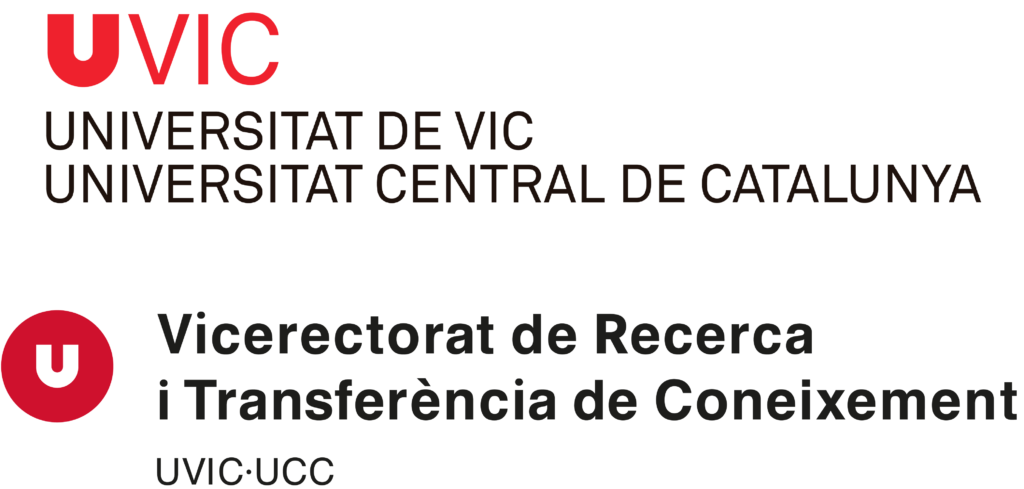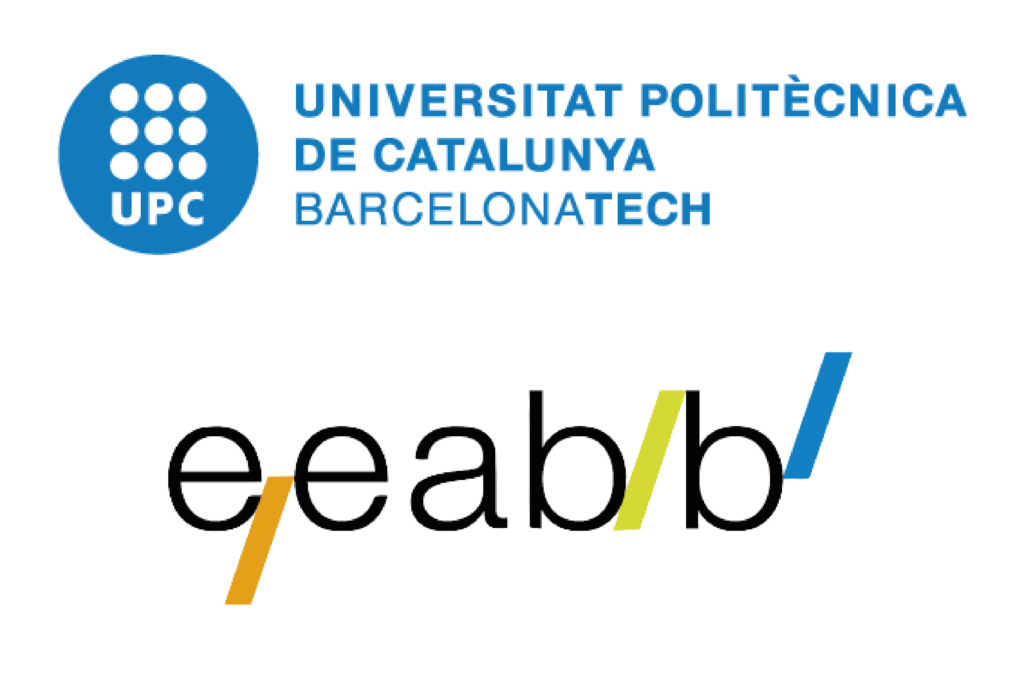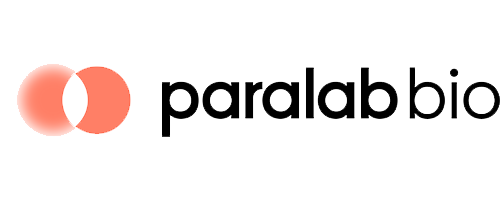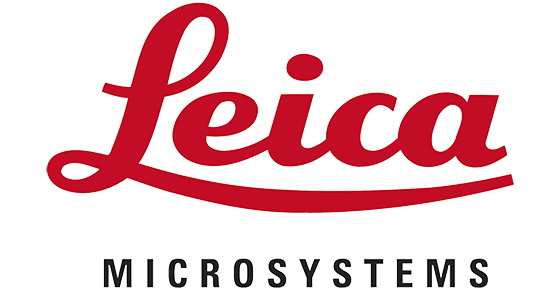Royalty Purchase Agreement
A royalty purchase agreement is a legal document that outlines the purchase of future royalties from an artist or creator. This type of agreement is most commonly used in the entertainment industry, where artists may require a large sum of money upfront to finance a project or to pay off debts.
A royalty purchase agreement is negotiated between the artist and the purchaser, who is typically an investor or a music publisher. The agreement can be structured in a few different ways, but the basic concept is that the artist sells a percentage of their future royalties to the purchaser for a lump sum payment.
One common structure for a royalty purchase agreement is a lump sum payment in exchange for a percentage of the artist`s future earnings. For example, a music publisher may offer an artist $100,000 upfront in exchange for 25% of the artist`s future earnings from their music catalog. This means that the publisher would receive 25% of the artist`s royalties from their existing music catalog, as well as any future earnings from new releases.
Another structure for a royalty purchase agreement is a fixed payment based on projected earnings. In this scenario, the purchaser would estimate the artist`s future earnings and agree to pay a fixed amount upfront in exchange for a percentage of those earnings. This structure is riskier for the purchaser since it is based on projections rather than actual earnings.
Royalty purchase agreements can be beneficial for both the artist and the purchaser. For the artist, it provides a way to access capital without having to give up ownership of their intellectual property. For the purchaser, it provides a way to invest in a potentially profitable asset without having to take on the risks and costs associated with creating and promoting the content.
However, there are also potential downsides to a royalty purchase agreement. For the artist, it may mean giving up a portion of their future earnings and potentially limiting their creative freedom. For the purchaser, the investment may not yield the expected returns, or the artist may not generate enough income to cover the initial investment.
In conclusion, a royalty purchase agreement can be an effective way for artists to access capital and for investors to invest in potentially profitable assets. However, it is important for both parties to carefully consider the terms of the agreement and the potential risks and benefits before moving forward. Consultation with a legal advisor may be necessary before signing a royalty purchase agreement.
















